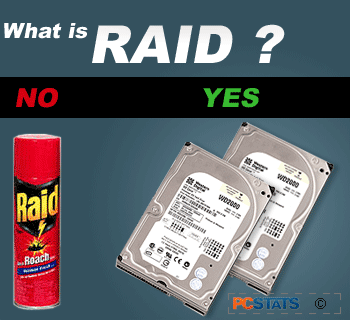It's an unfortunate fact that hard disk drives are rather slow at storing and retrieving data. Sure they are faster than
CDs, linear backup tapes and other removable media, but compared to actual computer memory,
they lag behind massively. The mechanical nature of Hard Disk Drive
(HDD) technology will always hold it back when compared to a purely
electronic storage devices such as a stick of RAM or a Solid State Drive (SSD).
The thing is, our reliance on hard drives has if anything increased over the
years, while the technology they are based on has changed little.
Modern software requires
ever-increasing amounts of disk space and free memory, leading to constant hard drive
access both to retrieve data from the program directory and to store data in
the 'virtual memory' space that Windows puts aside on the hard drive.
Hard drives are faster in terms of transferring data than they used to be, mainly do to increases in
the speed of the interface (the IDE and Serial ATA controllers) between the
drive and the rest of the computer. Over the course of the last few years, the
standard has gone from 33MB/s through 100MB/s and 133MB/s, and now reaches 150MB/s and 300MB/s
with Serial ATA and SATA II drives.
 |
| RAID is an acronym for "Redundant Array of Inexpensive Disks". This describes a configuration for multiple hard drives which provide fault tolerance and improved data access times. RAID was traditionally only found in the domain of servers, but inexpensive IDE/SATA RAID solutions now mean many desktop computers can benefit from the same data redundancy, and performance increases for applications like video editing. With the right number of identical hard drives, consumers with motherboards that support IDE/SATA RAID can choose from RAID 0, RAID 1, and sometimes even RAID 0+1. |
The problem
remains that the speed that the controller transfers data can't cover
up the real limitation of hard drives, the fact that due to
their mechanical nature they can only retrieve and send data to the controller
at a certain speed. Improvements in controller technology may make you think the drives are
retrieving data faster mechanically, but they are not. Not appreciably faster any ways.
So the fact that controller technology is moving forward while the drive
technology behind it is essentially static means that sooner or later, a point
is going to come where there is no benefit to increasing controller speed, as
the drive cannot mechanically read data fast enough to justify it.
Most IDE drives are available at speeds of
5400 and 7200 RPM, which indicates how fast the hard disk platters
inside the drive are spinning. Serial ATA drives are typically paced at 7200RPM. This ultimately dictates
how fast the drive can retrieve and store information.
Since the read/write
heads of the drive can move back and forth along the surface of the disk
platters, the faster the platter rotates, the quicker the head can reach different sections of the disk;
somewhat like like a record player (but not exactly).
There are even 10,000 RPM SATA/IDE drives available,
generally aimed at business applications or performance users. Using SCSI (Small Computer Systems Interface) controllers, an alternative to IDE and SATA,
allows for faster transfer rates, but this hardware is considerably more expensive
because it is engineered for greater usage demands in servers.
These faster drives also require considerable care, as they generate a
significant amount of heat, and if not properly mounted may end up damaging
themselves in the long term because of this.
The fact that hard drives are limited by the speed that they can send data is
not a new issue. Big Business computing has been wrestling with the storage space and
cost vs. speed question since hard drives have been around, as well as problems
with the reliability of the drives.

